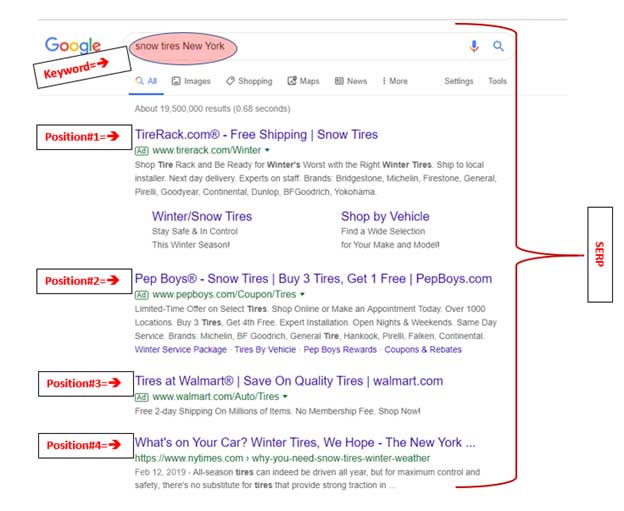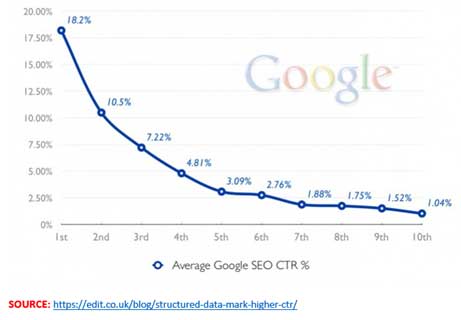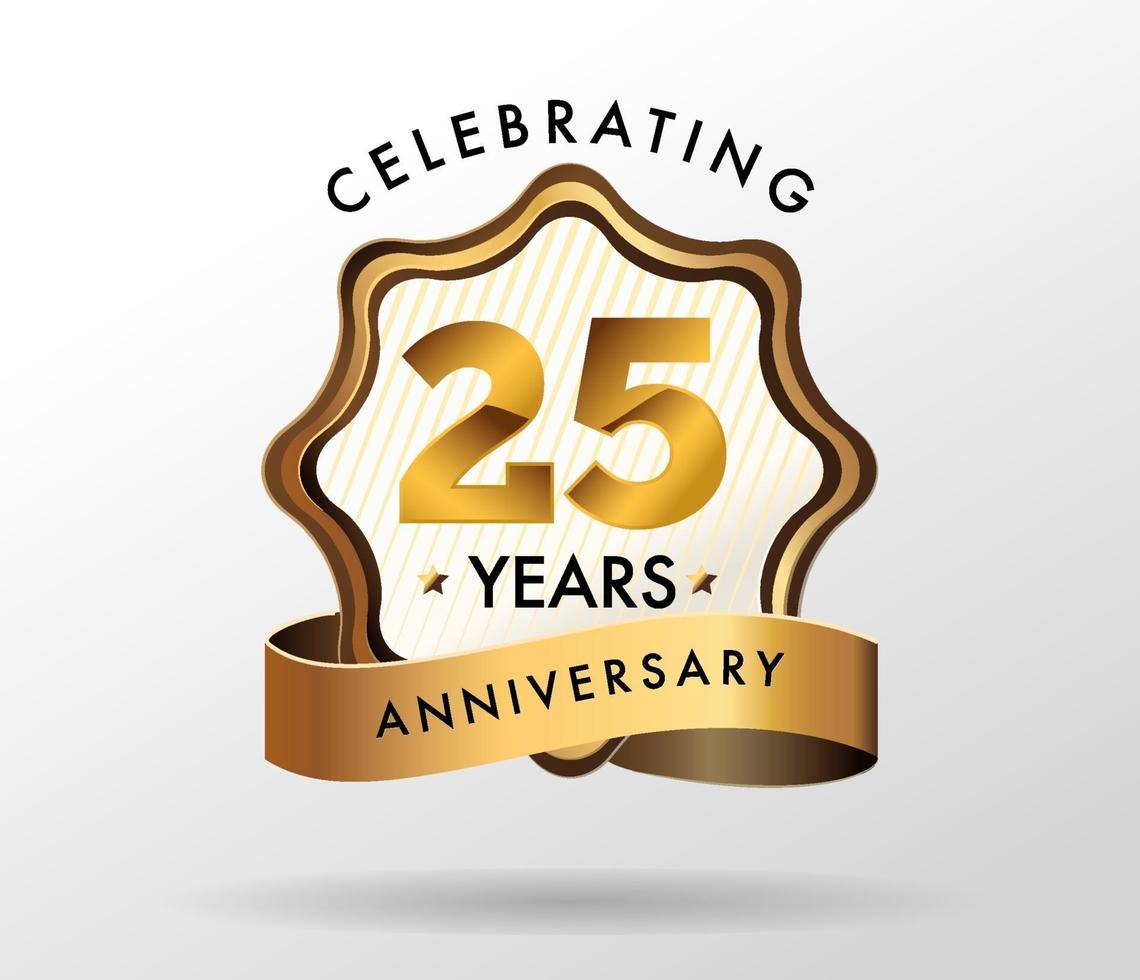
Digital Marketing {The Ultimate Guide} by a Reno Digital Marketing Expert Part 1
Online Marketing: The Definitive Guide to Doing it Right
If you’ve have found yourself reading this post, chances are that you are looking ways to improve the effectiveness of your online marketing efforts. Perhaps you just don’t seem to be targeting the right keywords for your niche? Maybe you aren’t getting as much traffic to your site as you were hoping for? Or, it just might be that, somehow, your current online marketing strategy isn’t “closing deals” as effectively as you hoped?
And you need solutions to these and other digital and social marketing challenges you face. Well, you’ve come to the right place! Read on to learn more about the concepts, tools and techniques that Sandy Rowley, at Reno Web Designer, can help you with in creating powerful and effective online marketing strategies.
What’s in store
You’ve come here because you need REAL answers to REAL online marketing challenges. And that’s exactly what we’ll cover here today. You’ll learn all you need to know about:
- Search Engine Optimization (SEO)
- Digital Marketing (DM)
- Social Media Marketing (SMM)
- Pay-Per-Click (PPC) marketing
By the time you read through this entire post, you’ll know everything you need to know about creating and implementing a powerful online marketing campaign for your organization. We’ll cover it all in this 4-part post. What you WON’T find here, however, is tall predictions about what the next “big” online marketing idea is, or what the future of digital marketing looks like in ten or fifteen years. We’ll leave those speculations for some of our competitors!

Chapter 1: Search Engine Optimism (SEO)
INTRODUCTION
An overwhelming majority of people, who are searching for a product or service online, typically never go beyond the first page of their search. Interpreting the data from one analysis[i] leads us to conclude that 71% of Google searchers of a topic, product or service will find what they need higher up (usually position #1 on page 1) of the Search Engine Results Page (SERPs), while only 6% ever look below position 1.
In the example above, someone searching for snow tires in New York is more likely to buy from the website appearing in position#1, than from the one lower in the SERP.
The conclusion: The higher up your website appears on a SERP, the greater the chance that you will be able to sell your products or services.
WHAT IS SEO
SEO is a key strategy used by in-bound marketers to ensure that a search engine lists their website higher up in the SERP for specific keyword searches. Given the nature and psychology of the average web user, someone looking for a product (for instance “Snow tires”) is more likely to click on the result that appears in position#1 – and hopefully buy or consider buying from there. The eternal challenge however is how do you get to rank higher up in a SERP?
And that’s where Search Engine Optimization (SEO) plays its part.
In very simplistic terms, SEO is a collection of techniques, tactics and approaches that endeavors to get search engines to display websites higher up when ranking search results for specific words and terms (called keywords).
HOW DOES SEO WORK
There are a complex set of rules and algorithms that drive how search engines, like Google, Bing or Yahoo, work. The engines constantly apply the rules to various components of a website, including content and construction. When a searcher types in a query (e.g.: “Where can I find great snow tires in New York”; or “Which winter tires are a good buy in New York”), the search engine applies its unique search criteria to that query, and assigns a page rank to websites that meet or exceed those criteria. The more closely a website meets the criteria, the higher page ranking it receives.
The objective of a good SEO strategy is to continually demonstrate to search engines that your site complies with all the rules and algos. The more a site is “optimized” for compliance, the better chance that it will gradually inch to the top position in a SERP.
WHY SEO MATTERS
In a highly competitive online marketing world, SEO helps customers, prospective clients and casual visitors quickly “find” your website, amongst millions of other similar and competing sites, on the internet. We’ve already explained that a well-optimized website is more likely to appear higher up in a SERP than one that’s less optimized. SEO enables that visibility. The key, therefore, is to always ensure your website ranks in the top-10 (if not higher) results relative to your competitors.
But SEO doesn’t just help with page/site ranking. By virtue of enabling that higher ranking, SEO works with search engines and their algos and rules to deliver other benefits to the site:
- Site authority: One of the factors that search engines look for, when awarding rankings, is how authoritative a site is in its niche. Good SEO can demonstrate to the search engine that you have exceptional command and deep knowledge of your niche subject – and that’s something site visitors appreciate
- Trustworthiness: Before placing an order on your website, a typical buyer doesn’t have time to verify and validate everything you say or claim on your website. But search engines apply rules to judge the trust factor of a website. You can increase your trust factor with the help of sound SEO
- Traffic: The more people that find or see your site, thanks to higher page rankings, the more traffic your site will enjoy. Good SEO is one of the most critical traffic generators
- Click-through-rate (CTR): A sites’ CTR is the ratio of the total number of people that see a link in a SERP, versus those that click on the link to visit it.

For example, in the above graphic, 18.2% of people clicked on links appearing in position#1 of a web search, as opposed to 1.04% for a page ranked #10 for that same query. By engineering better page rankings (higher on SERPs), SEO delivers better CTRs for websites
- Conversion: The golden rule in online marketing is to have as many eyeballs viewing your page as you can. The higher the number of visits, the greater the opportunity to convert casual visitors to paying customers. By improving site traffic, SEO enables better conversion rates
CHAPTER SUMMARY
SEO is a double-edged sword. A good SEO strategy ensures that your site ranks higher-up in search engine query results than your competitors. Executed poorly, SEO can blacklist your site and cost you a lot to “fix” – in time, lost revenue and competitive advantage.
With years of SEO experience, Sandy Rowley at Reno Web Designer has helped clients get top SERP rankings. It’s your turn to benefit from Sandy’s expertise.
COMMON TERMS & TERMINOLOGY
- Anchor text: Text that underlies the link to a web resource. For example: In this sentence “Working with the best Reno web designer will pay off!”, the anchor text is “Reno web designer”, and the underlying link is https://renowebdesigner.com/
- Keywords: Special words (or phrases) of importance to a page, which search engines use to determine page relevance and ranking
- Meta keywords: Keywords embedded within the HTML code of webpages. Used properly, these are important SEO-boosters because search engine algos use them in ranking and rating webpages
- Backlinking: An SEO strategy that places links from your site, on other relevant and authoritative sites. The links you place there “link back” to your site – hence the term backlinking
- Natural links: These are links to your page/s, from other sites, that accrue without the help of active link-building. For example, stellar content to your page might (naturally) attract many other sites to link back to your site
- Deep linking: An SEO strategy that uses hyperlinks to specific pages on a site, rather than its home or main page. Deep linking, when done with good anchor text, is especially effective in improving page rankings
- Link building: An SEO strategy that, over time, builds significant backlinks to your site from multiple credible and highly respected sources/sites
- Do-follow link: This is the most common type of link that transfers authority (or link juice) to the linked site from the referring site
- Latent Semantic Indexing (LSI): A technique used by SEO, which takes into account keywords in your pages’ content that are similar or highly co-related with the main keywords, to boost page rankings
[i] SOURCE: https://moz.com/blog/google-organic-click-through-rates-in-2014




